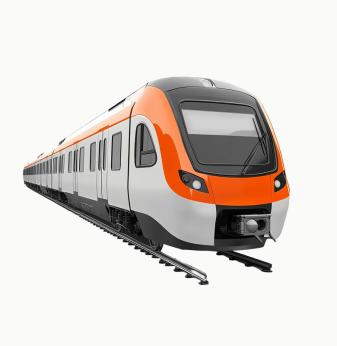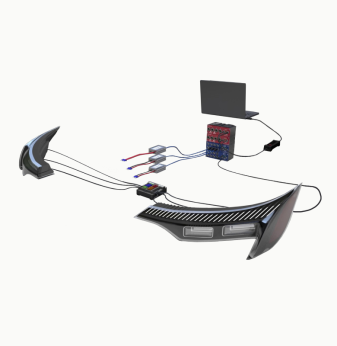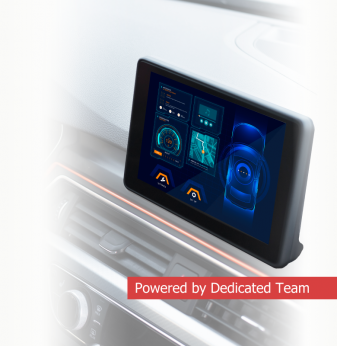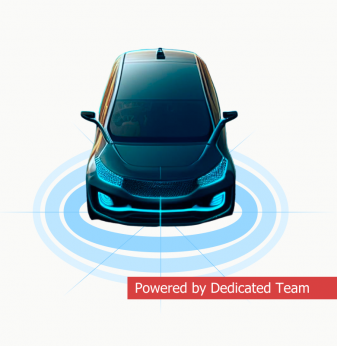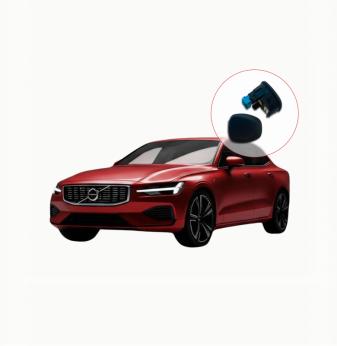How V2X Makes Roads Safer for Connected and Autonomous Vehicles

The future of transportation is heading towards smart mobility where connected and autonomous vehicles will play a key role in improving road safety and traffic efficiency. One of the most important technology that enables this transition is V2X, or vehicle-to-everything.
V2X allows vehicles to share real time data with other cars, infrastructure, pedestrians and networks reducing accidents and improving situational awareness. As cities move towards intelligent transportation systems V2X is becoming a must for autonomous and connected vehicles.
This article explains what is V2X, its components, benefits, challenges and future trends in road safety.
What is V2X? Understanding Vehicle-to-Everything Technology
V2X, or vehicle-to-everything is a wireless communication technology that allows vehicles to talk to their surroundings. This includes communication between cars, traffic signals, pedestrians and cloud based systems to prevent collisions and optimize traffic flow.
Types of V2X Communication
| V2X Communication Type | Description | Application |
|---|---|---|
| Vehicle-to-Vehicle (V2V) | Direct communication between vehicles to share speed, position, and direction. | Collision avoidance, lane change assistance. |
| Vehicle-to-Infrastructure (V2I) | Communication between vehicles and road infrastructure. | Smart traffic lights, work zone alerts. |
| Vehicle-to-Pedestrian (V2P) | Alerts for pedestrians and cyclists using mobile devices or sensors. | Pedestrian safety alerts, blind spot detection. |
| Vehicle-to-Network (V2N) | Communication with cloud-based services for traffic updates. | Real-time traffic management, emergency vehicle prioritization. |
How V2X Makes Roads Safer
1. Collision Prevention and Accident Reduction
One of the key benefit of V2X is it can prevent accidents before they happen. Through vehicle-to-vehicle communication cars can share data about speed, braking and lane changes reducing the risk of accidents at intersections and highways.
For example if a car in front of you suddenly brakes nearby vehicles receive an instant alert and you or the autonomous system can react faster than traditional sensors.Traffic lights connected via V2I can adjust their timing based on real time traffic density and hence reducing travel time.
2. Pedestrian Safety
Pedestrian safety is a growing concern in cities. Vehicle-to-pedestrian communication ensures that drivers are alerted to pedestrians or cyclists in blind spots. By integrating V2X standards in mobile devices or wearable sensors pedestrians can receive alerts when approaching busy intersections and reduce potential accidents.
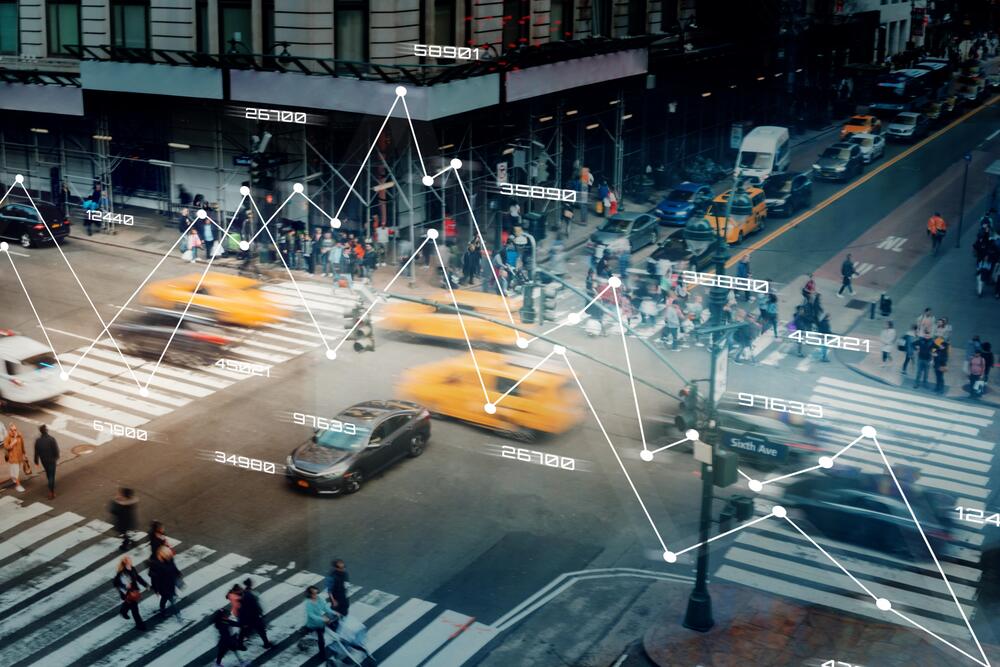
3. Emergency Vehicle Prioritization
When emergency vehicles like ambulances and fire trucks need to navigate through traffic V2X communication can clear their path. V2N and V2I systems can adjust traffic signals and notify nearby vehicles to yield and hence faster emergency response times and potentially save lives.
4. Support for Autonomous Vehicles
For self driving cars to operate safely they must interact seamlessly with their environment. Cellular vehicle-to-everything (C-V2X) plays a key role in providing high speed low latency communication that autonomous vehicles require.
V2X equipped self driving cars can communicate with road signs, receive real time weather alerts and anticipate sudden road hazards and hence safer navigation.
V2X Standards and Technologies
For V2X technology to work efficiently it must operate on standardized communication protocols. The two main competing V2X standards today are:
| V2X Standard | Description | Key Features |
|---|---|---|
| Dedicated Short-Range Communication (DSRC) | Wi-Fi-based technology enabling direct vehicle communication. | Low latency, proven technology, widely tested. |
| Cellular V2X (C-V2X) | 5G-based technology that enables long-range connectivity. | Supports autonomous vehicles, broader coverage, lower infrastructure costs. |
While DSRC has been used in early vehicle-to-everything communication tests C-V2X is becoming the preferred option as it can integrate with 5G networks and support real time traffic management.
Challenges in V2X Implementation
Despite its advantages several challenges need to be addressed before V2X safety systems can be widely deployed.
1. Infrastructure and Cost Barriers
Many cities still lack the infrastructure to support V2X communication. Upgrading road systems and deploying smart traffic management solutions require huge investment.
2. Cybersecurity and Privacy
Connected vehicles are vulnerable to attacks, hence V2X security is a top priority. Automakers and governments must implement robust encryption and authentication protocols to prevent hacking on vehicle-to-everything networks.
3. Standardization
Different regions and automakers use different V2X standards, hence interoperability issues. A global approach is needed to ensure seamless communication between vehicles and infrastructure.
V2X in Connected and Autonomous Vehicles
V2X adoption will grow significantly in coming years driven by 5G, AI traffic systems and government regulations mandating vehicle-to-everything solutions.
Future will focus on:
- Wider C-V2X adoption for real time vehicle data exchange.
- AI powered V2X analytics for smarter traffic prediction.
- Stronger V2X security to prevent cyber threats.
- Integration with smart city projects for seamless mobility.
Governments and automakers must collaborate to create a V2X ecosystem for connected vehicle safety and autonomous driving.
Conclusion
V2X communication will revolutionize road safety by enabling vehicle-to-vehicle, vehicle-to-infrastructure and vehicle-to-pedestrian interactions. With the ability to reduce accidents, optimize traffic and support autonomous driving V2X will be key to connected vehicle safety.
However challenges like standardization, cybersecurity risks and infrastructure development need to be addressed for V2X to reach its full potential. As technology advances and regulations evolve V2X automotive solutions will be part of next generation mobility systems.
For companies looking to integrate V2X technology in their automotive development, partnering with experienced engineering teams will be key to success.
Get in touch with our experts to know more about V2X integration in connected vehicles!

